Fomitopsis mounceae
Scientific name: Fomitopsis mounceae Haight &
Nakasone
Derivation of name: Fomitopsis means having the
appearance of Fomes; mounceae honors Irene Mounce, a
pioneering Canadian mycologist.
Synonymy: Recognized as a new species in 2019,
segregated from Fomitopsis pinicola species complex.
Common names: Red-belted polypore.
Phylum: Basidiomycota
Order: Polyporales
Family: Fomitopsidaceae
Occurrence on wood substrate: Saprobic and parasitic;
solitary or in groups on decaying wood or living trees,
especially conifers but also hardwood species such as
aspen (Populus) or birch (Betula);
year-round.
Dimensions: Caps up to 45 cm wide.
Upper surface: Caps concentrically grooved; covered
at least in part when young with red to brown to blackish
resinous
crust, becoming gray to reddish-brown to
blackish-brown
or nearly black; usually with a
resinous, reddish
band near the whitish to cream-colored
thickened margin.
Pore surface: Creamy white to yellowish, becoming
brownish in old age; pores 4-5 per mm.
Edibility: Inedible.
Comments: In almost all field guides (as of 2019), this
species is listed as Fomitopsis pinicola. However, F.
pinicola turns out to be a Eurasian species. From the
former North American
"Fomitopsis pinicola" species
complex, three species are now recognized, two of which
occur in the Northeast.
In addition to F. mounceae, F.
ochracea also occurs in our area. F. ochracea resembles
F. mounceae in basic form and appearance but never
has the reddish
marginal band.
Unfortunately, not all
specimens
of F. mounceae have a reddish marginal band.
When uncertain, microscopic analysis is required to
differentiate between the two species.
More information at MushroomExpert.com
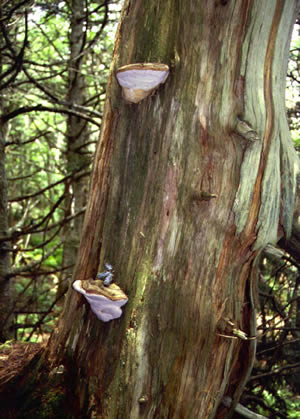
Figure 1. Red-belted polypore can be shelf or hoof-
shaped. These thick specimens give evidence of their
perennial nature. Photo © Larry Grand.
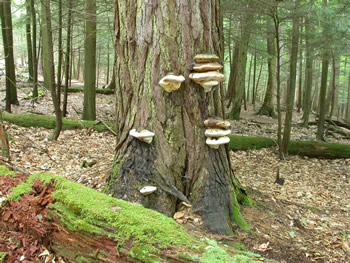
Figure 2. This large hemlock at Cook Forest State Park in
PA is host to a conspicuous fruiting of Fomitopsis
mounceae.
Photo © Gary Emberger.
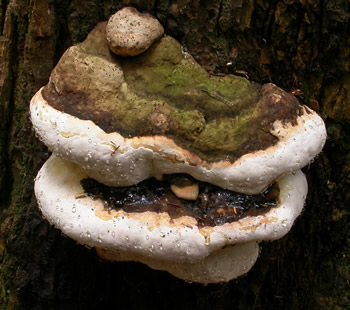
Figure 3.
The Cook Forest State Park
red-belted
polypore specimens had very narrow reddish bands
next to the thick, rounded, whitish
margins.
Photo © Gary Emberger.
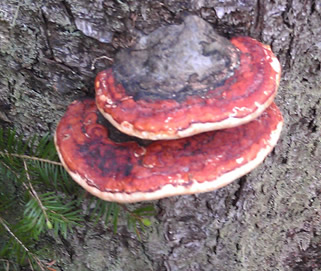
Figure 4. This specimen, photographed at Baxter State
Park in Maine, exhibits the classic red marginal belt
that gives this species its common name.
Photo © Larry Mylin.
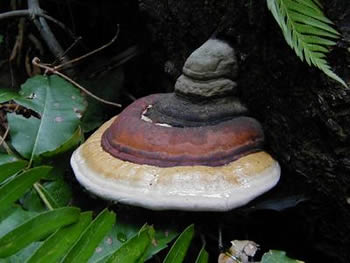
Figure 5. Note the gradation of color from the growing,
thick, rounded, whitish margin to the reddish-brown
band to the
older, blackish portions near the point of
attachment. Photo © Tom Sargis.
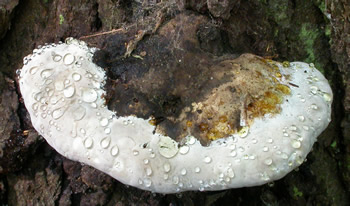
Figure 6. Fomitopsis mounceae is one of a number of
polypore species that exude drops of liquid while growing.
Photo © Gary Emberger.
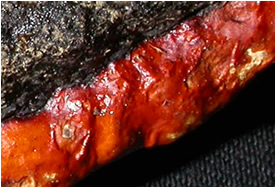
Figure 7. Reportedly, the pileus crust of F.
mounceae boils (bubbles) when heated with a
flaming match but the crust of
F. ochracea
does not. Photo © Gary Emberger.